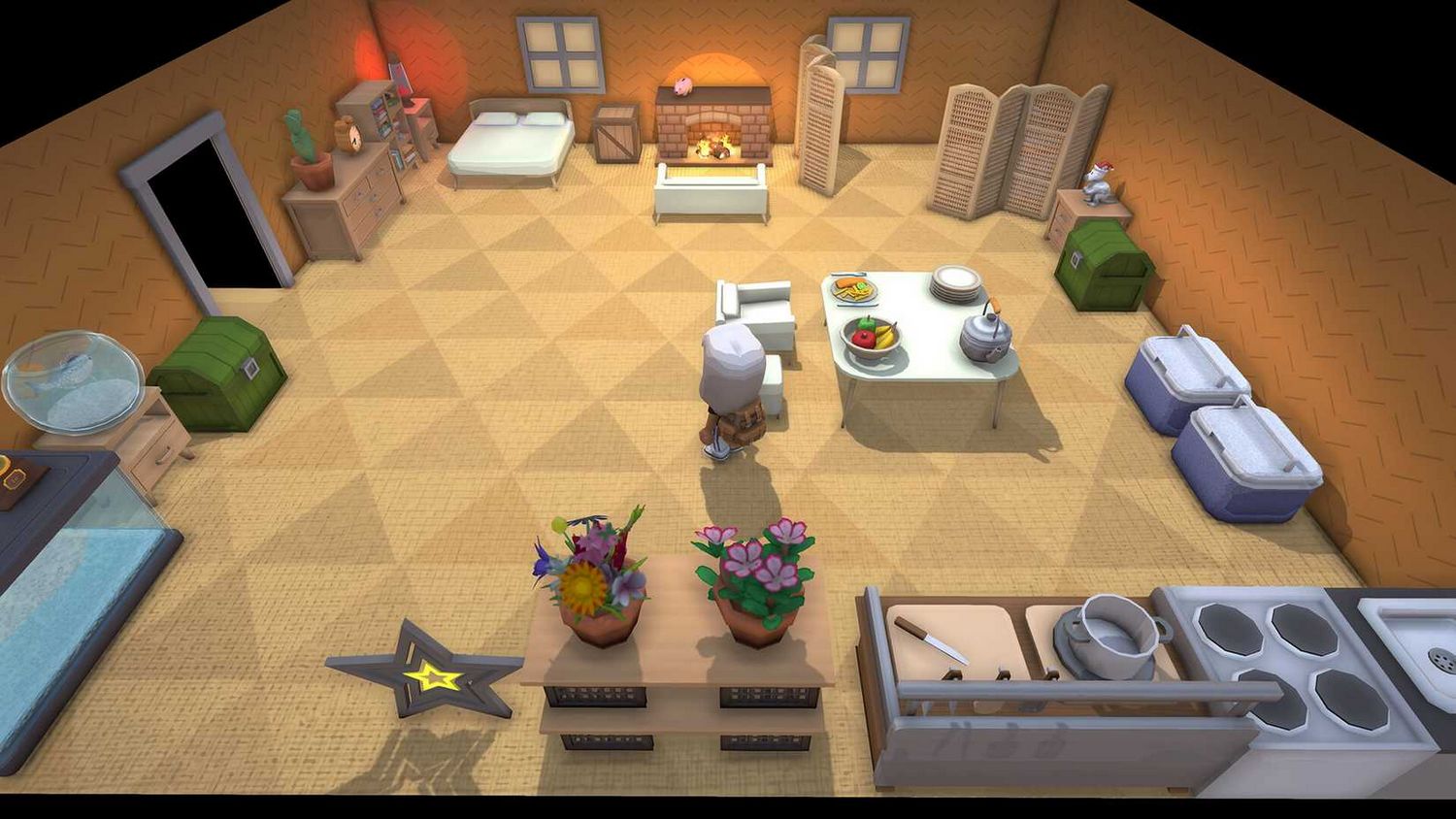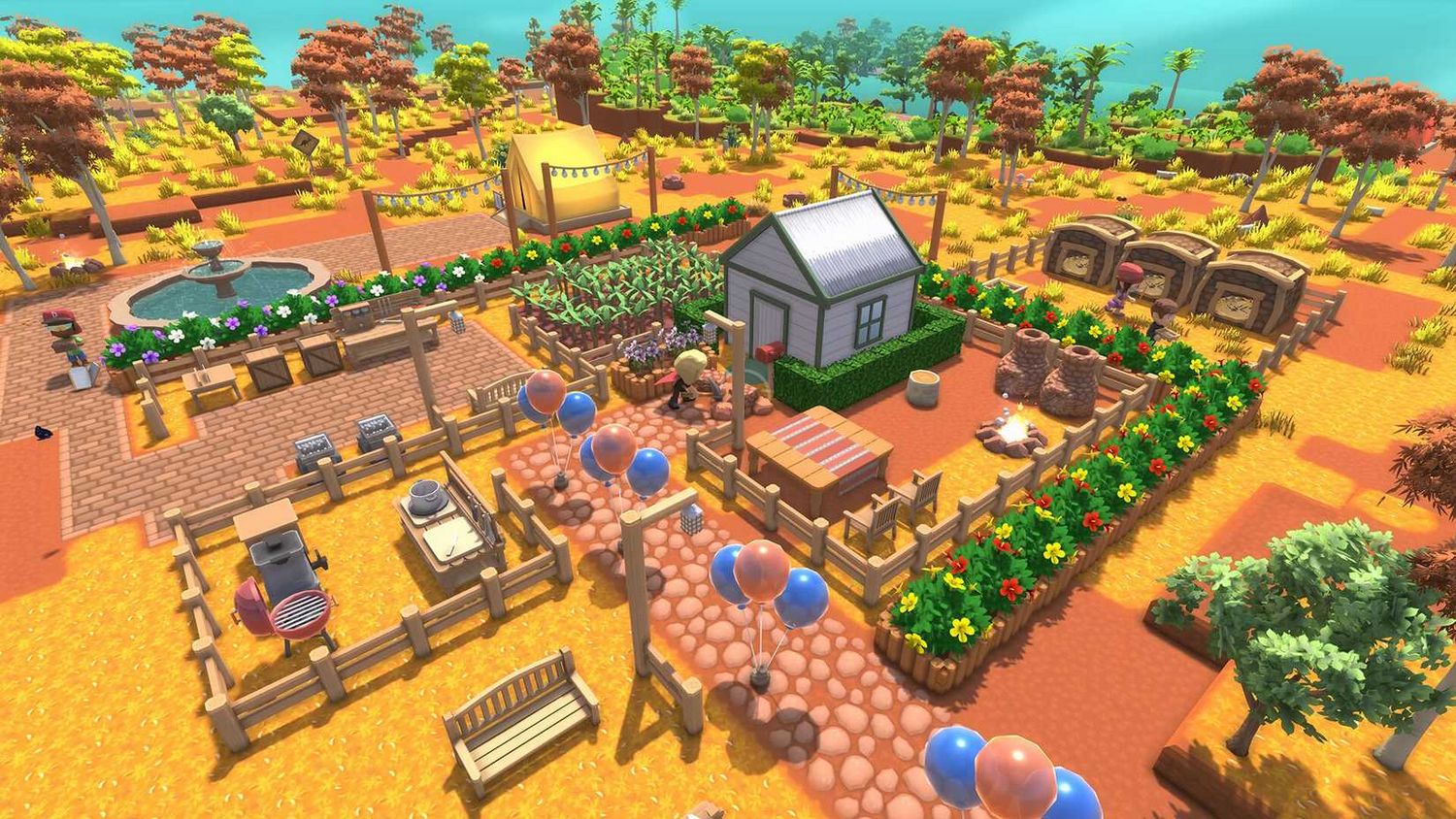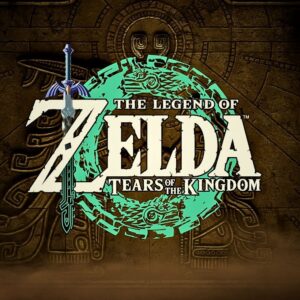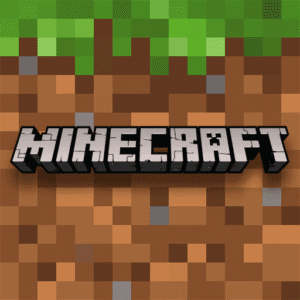Nintendo Switch 2: The Coziest Platform War? Why This Top-Tier ‘Stardew-Like’ Faces Fierce Steam Price Competition
Popular Now
 BeamNG.drive
BeamNG.drive
 Counter-Strike 2
Counter-Strike 2
 Geometry Dash
Geometry Dash
 Auto X Drift Racing 3
Auto X Drift Racing 3
 League of Legends
League of Legends
 Toca Boca World
Toca Boca World
 CarX Street
CarX Street
 Sonic the Hedgehog™ Classic
Sonic the Hedgehog™ Classic
 Valorant
Valorant
 FIFA 23
FIFA 23 
The Nintendo Switch 2 continues to build a robust release lineup, and a significant component of its early success is the influx of high-quality cozy games that have defined the past console generation. The latest title generating serious buzz among lifestyle and indie gaming enthusiasts is ‘Witchbrook,’ the much-anticipated magical life-sim from publisher Chucklefish, which is now officially confirmed for a Winter release on Nintendo’s new powerhouse console. However, its simultaneous availability on Steam at a drastically lower price point presents a classic, high-stakes dilemma for consumers and a crucial e-commerce strategy challenge for the developer.
The announcement that Witchbrook—a game often tagged as the “Harry Potter meets Stardew Valley” experience—is coming to the Switch 2 and will take advantage of the console’s advanced capabilities, including potential high-resolution docked play and improved performance, is massive news. Yet, the persistent issue of console price parity versus the aggressive PC gaming market, particularly during major sales, is casting a long shadow on its console sales forecast.
Witchbrook: A High-Value IP Lands on Switch 2
The farming and life simulation genre, pioneered by titles like Harvest Moon and cemented by the phenomenal success of Stardew Valley, is one of the most profitable sectors in digital entertainment. Witchbrook is designed to capitalize on this demand, offering a rich blend of core life-sim mechanics—farming, crafting, fishing, and relationship-building—with the unique addition of a magical college environment. Players are enrolled in Witchbrook College, engaging in magic classes, riding broomsticks, and exploring the vibrant seaside town of Mossport.
 The Switch 2’s portability and enhanced processing power make it the perfect home for a deep, time-sink title like this. Consumers are willing to pay a premium for the convenience of taking their cozy farm-life with them, a trend proven by the dominance of the original Nintendo Switch in the genre. For developers, a strong presence on the Switch platform is a key indicator of a successful, cross-platform title.
The Switch 2’s portability and enhanced processing power make it the perfect home for a deep, time-sink title like this. Consumers are willing to pay a premium for the convenience of taking their cozy farm-life with them, a trend proven by the dominance of the original Nintendo Switch in the genre. For developers, a strong presence on the Switch platform is a key indicator of a successful, cross-platform title.
- Core Gameplay Loop: Life simulation, farming, crafting, relationship-building, and magic spells.
- Switch 2 Advantage: Expected performance boost, faster loading times, and a stunning presentation of the game’s 90s anime-inspired art style.
- Target Audience: Fans of RPG simulation, indie games, and the cozy gaming community.
The Steam Sale Paradox: Pricing as a Competitive Barrier
The main challenge, and the source of the high-tension headline, lies in the vast difference in price point between the two platforms, a phenomenon common in the video game industry.
On the Nintendo eShop, new, high-demand titles like Witchbrook are expected to carry a premium price tag, likely in the range of $39.99 to $49.99. This console pricing is a necessity to offset platform licensing fees, physical distribution costs (if applicable), and Nintendo’s substantial revenue share. This standard price is especially hard to justify when PC players on Steam are currently able to acquire similar, highly-rated games like Fields of Mistria and Roots of Pacha for discounted prices as low as $11.19 to $14.99 during seasonal sales.
This huge disparity creates a significant fork in the road for potential buyers:
- The Premium Console Player: Values portability, the distinct Nintendo ecosystem, and the perceived “official” console experience, accepting the higher upfront cost.
- The Value-Focused PC Gamer: Chooses the significantly lower Steam price, often during a Special Promotion or Summer Sale, prioritizing cost-efficiency over handheld play.
The reality is that the irresistible pricing on Steam serves as a potent barrier to entry for the Switch 2 version, particularly for those with dual ownership of the systems. For a title that relies on widespread adoption, this competitive pricing dynamic directly impacts the developer’s revenue stream and the overall success of the console launch.
 Strategic Implications for Future Indie Games
Strategic Implications for Future Indie Games
The case of Witchbrook highlights a critical trend: the market for cozy, Stardew-like games is saturated, yet the demand remains incredibly high. To succeed on the Switch 2, the game must leverage the new console’s capabilities with tangible quality-of-life features that justify the higher cost.
- Higher CPC Keywords: Terms like “Nintendo Switch 2 games, ” “best farming sim 2025,” and “Witchbrook Switch 2 4K” are crucial for driving high-value organic traffic to the product page.
- Feature Justification: The Switch 2 version must offer more than just a port. True optimizations, such as touchscreen controls for inventory management or exclusive Joy-Con features, are necessary to differentiate the product.
- Future Sales Strategy: Nintendo and Chucklefish will need to coordinate strategic, if infrequent, digital sales on the eShop to narrow the price gap and capture the segment of the audience unwilling to pay the full console price.
The arrival of Witchbrook on the Nintendo Switch 2 is undoubtedly a win for the console’s library. It brings a potentially generation-defining cozy RPG to the handheld market. However, until the pricing strategies for the new console normalize, PC gaming, powered by the incredible deals on Steam, will continue to offer a deeply compelling, economically superior alternative that is simply too difficult for many budget-conscious gamers to ignore.








 Strategic Implications for Future Indie Games
Strategic Implications for Future Indie Games